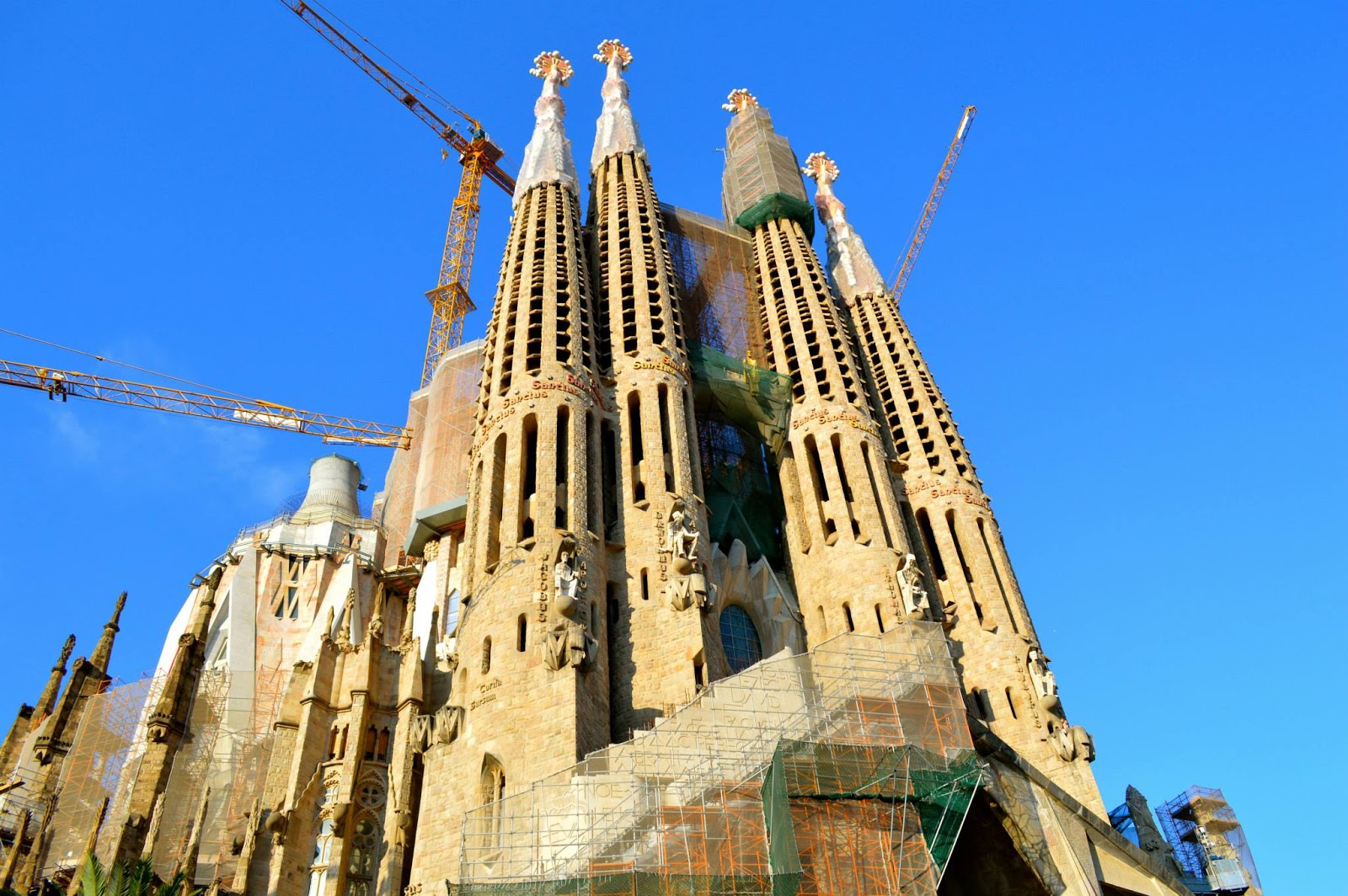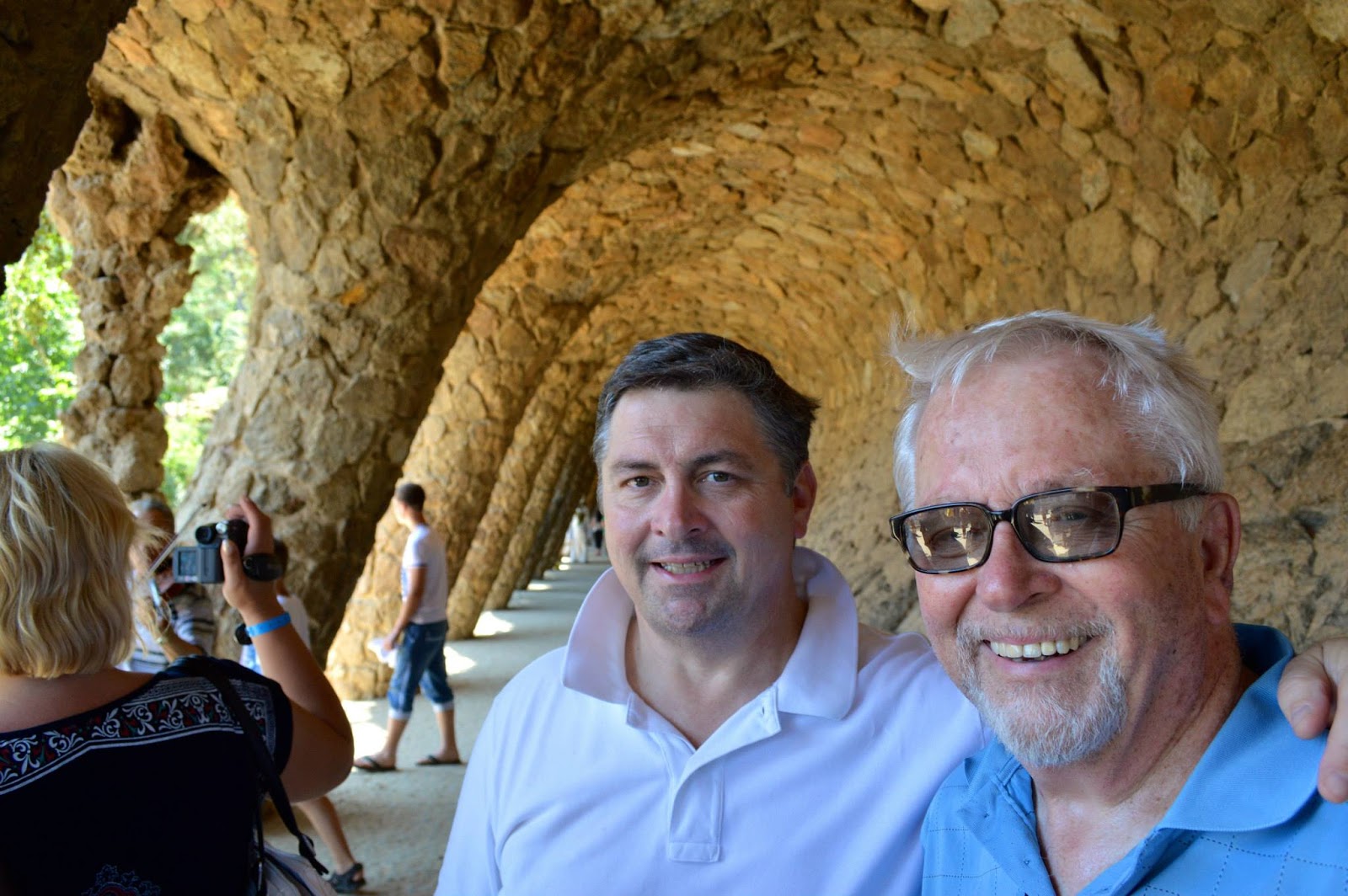Borrowed From Liquor.com -- See the Original Link Below
Since Labor Day Weekend marks the end of summer and a lot of drinking is observed, I thought I would offer this post for those who imbibe. Remember not to drink and drive, but do always drink and fish (but do not drink and shoot at critters in the water attacking your Marlin, because that is how Papa shot himself, twice). For those who might want a recipe for the famous Hemingway Daiquiri, here it is. Enjoy.
Toasting Ernest Hemingway
Contributed by
Posted on Jul 19, 2013
Posted on Jul 19, 2013
Ernest Hemingway was one of the 20th century’s finest authors and also, of course, one of its most prodigious drinkers. (Papa would have turned 114 on Sunday.) His tastes ranged widely, from enjoying French wines with Gertrude Stein, Pablo Picasso and Ezra Pound in 1920s Paris to shaking up tropicalrum concoctions on Key West and in Havana.
All of this makes him an ideal subject for a mixological biography. And Philip Greene delivered last fall with To Have and to Have Another: A Hemingway Cocktail Companion, a tome full of recipes, anecdotes and history from Hemingway’s life and novels. (The work is actually a finalist in the Best New Book category at tomorrow night’s Tales of the Cocktail Spirited Awards.) We asked Greene about some of the drinks connected to Hemingway and got a few great stories.
There is a famous elixir that Hemingway himself really invented: the Death in the Afternoon. The simple mix of Champagne and absinthe was first published in 1935’s So Red the Nose, a collection of cocktail recipes from noted writers including Edgar Rice Burroughs and Erskine Caldwell. Hemingway concocted the formula, according to lore, after spending hours helping to free a fishing boat that had run aground during a storm.
“Given that many ‘cocktail origin’ stories are pure folklore, as are many of the legends associated with Hemingway, the chances of fabrication or embellishment are greatly enhanced with this one,” Greene says, “but I am willing to believe that he did invent this; after all, he loved the drink’s components.” The characters in Hemingway’s novels often call for bubbly brands like Bollinger, Piper-Heidsieck and Perrier-Jouët, and in For Whom the Bell Tolls, the author wrote that whiskey “does not curl around inside of you the way absinthe does.”
Hemingway loved plenty of other cocktails as well: “Of his ‘favorites,’ Greene says, “there are theWhiskey & Soda (number one in terms of number of times mentioned in his prose), the Martini, theDaiquiri, the Gin & Tonic (his had Angostura Bitters), Dripped Absinthe, and the ‘suite’ of Campari-based drinks, the Negroni, the Americano and a variation of his called the Gin, Campari & Soda.”
Greene’s personal favorite Hemingway cocktail is the Green Isaac’s Special, a tipple that turns up in the posthumously published Islands in the Stream. It makes its first appearance while the main character, Thomas Hudson, is out deep-sea fishing: “Where Thomas Hudson lay on the mattress his head was in the shade cast by the platform at the forward end of the flying bridge where the controls were and when Eddy came aft with the tall cold drink made of gin, lime juice, green coconut water, and chipped ice with just enough Angostura bitters to give it a rusty, rose color, he held the drink in the shadow so the ice would not melt while he looked out over the sea.”
And then there’s the Hemingway Daiquiri, created at Floridita, a Havana bar the author frequented and whose bartender, Constante Ribalaigua Vert, was known for his mastery of the Daiquiri. “By the mid-‘30s, the Floridita had no fewer than five variations of Daiquiri,” Greene says. “The 1937 Floridita menu lists a drink called the E. Henmiway Special, a misspelled homage to their newest, and most famous, regular.”
Because Hemingway’s father had been a diabetic, he was concerned about the amount of sugar in his cocktails, so his eponymous beverage swapped out the sweetener for a little bit of maraschino liqueur instead. And it calls for some grapefruit juice in addition to the standard lime.
Today also just happens to be National Daiquiri Day, a coincidence we’re sure Hemingway would have appreciated. We hope you’ll join us in mixing one up and toasting Papa’s birthday!
GREEN ISAAC’S SPECIAL
Contributed by Philip Greene
INGREDIENTS:
INGREDIENTS:
- 2 oz Gin (London dry-style)
- 4 oz Coconut water (unsweetened)
- Juice of 1 lime (about 1 oz)
- 2 to 4 dashes Angostura Bitters
- Garnish: Lime wedge or peel
- Glass: Tall
PREPARATION:
Add all the ingredients to a shaker and fill with ice. Shake, and pour (unstrained) into a tall glass. Garnish with a lime wedge or peel.
Add all the ingredients to a shaker and fill with ice. Shake, and pour (unstrained) into a tall glass. Garnish with a lime wedge or peel.
HEMINGWAY DAIQUIRI
Contributed by Philip Greene
INGREDIENTS:
INGREDIENTS:
- 1.5 oz Papa’s Pilar Blonde Rum
- .5 oz Fresh lime juice
- .33 oz Ruby red grapefruit juice
- 1 tsp Luxardo Maraschino Liqueur
- Glass: Cocktail
PREPARATION:
Add all the ingredients to a shaker and fill with ice. Shake, and strain into a chilled cocktail glass.
Add all the ingredients to a shaker and fill with ice. Shake, and strain into a chilled cocktail glass.
(Photo courtesy John F. Kennedy Library)
Original link for this article is attributed to www.liquor.com here: http://liquor.com/articles/toasting-ernest-hemingway/?utm_source=huffpo&utm_medium=articl&utm_campaign=bucketlist

















.jpg)





























